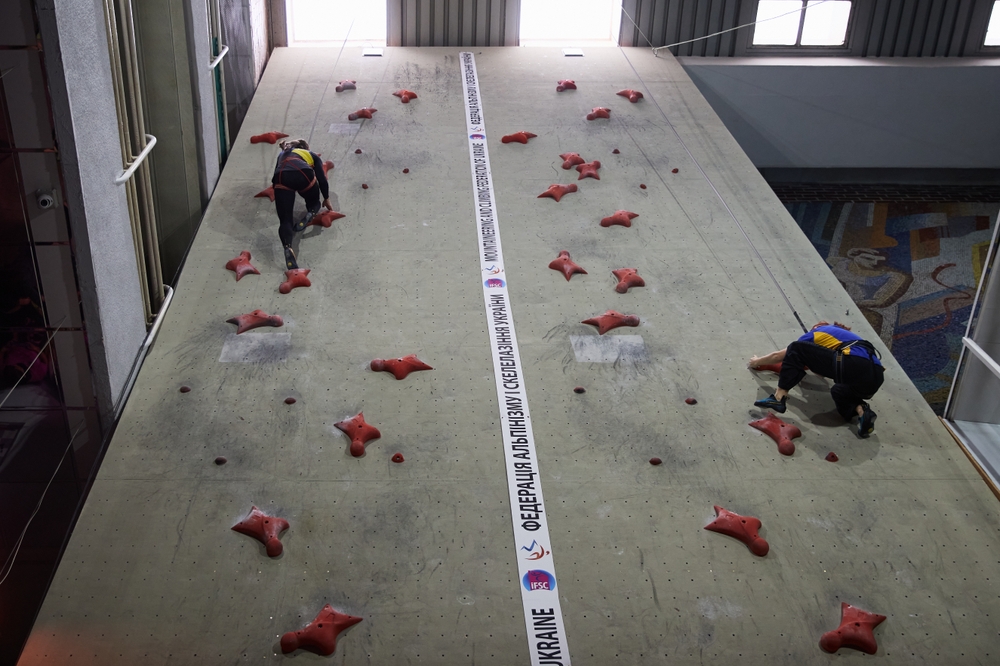Unraveling the Intricacies of Speed Climbing: A Comprehensive Overview
In the realm of sports, speed climbing is steadily gaining momentum. It's a thrilling spectacle where athletes defy gravity, scaling walls at breakneck speed. However, it's more than just a display of agility and strength. This sport requires a unique mix of mental fortitude, strategic planning, and physical prowess.

A Historical Glimpse into Speed Climbing
Speed climbing’s roots trace back to the mid-20th century, with the formation of the International Mountaineering and Climbing Federation (UIAA). The sport was initially a part of mountaineering competitions, focusing on the time taken to ascend a mountain. However, by the late 1980s, speed climbing had evolved into a standalone discipline, showcasing athletes’ ability to scale artificial walls in minimum time.
The Current Landscape of Speed Climbing
In the contemporary sports scene, speed climbing is recognized by the International Olympic Committee and was included in the Tokyo 2020 Olympics. The athletes compete on a standardized 15-meter wall, with the sole objective of reaching the top as quickly as possible. The current men’s and women’s world records stand at an awe-inspiring 5.48 and 6.96 seconds, respectively.
The Methodology and its Real-world Application
Speed climbing is a delicate balance of speed, technique, and power. The athletes need to master a series of controlled movements, known as the ‘beta,’ which is the most efficient route up the wall. This emphasis on strategy and physical fitness makes speed climbing a beneficial training regimen for various professionals, including firefighters and military personnel.
The Benefits and Challenges of Speed Climbing
While speed climbing enhances physical fitness, agility, and mental strength, it’s not without its challenges. Training demands high levels of commitment, with athletes often facing the risk of injuries due to the intense physical strain. Despite these challenges, the sport continues to attract new participants, driven by the thrill of conquering heights and breaking personal boundaries.
Conclusion
Speed climbing is a fascinating blend of physical strength, mental agility, and strategic planning. As it continues to grow in popularity and recognition, it’s a sport that truly embodies the spirit of challenge and achievement. Through its unique training methodologies and its contribution to the broader sports landscape, speed climbing offers a fresh perspective on athleticism and competition.




